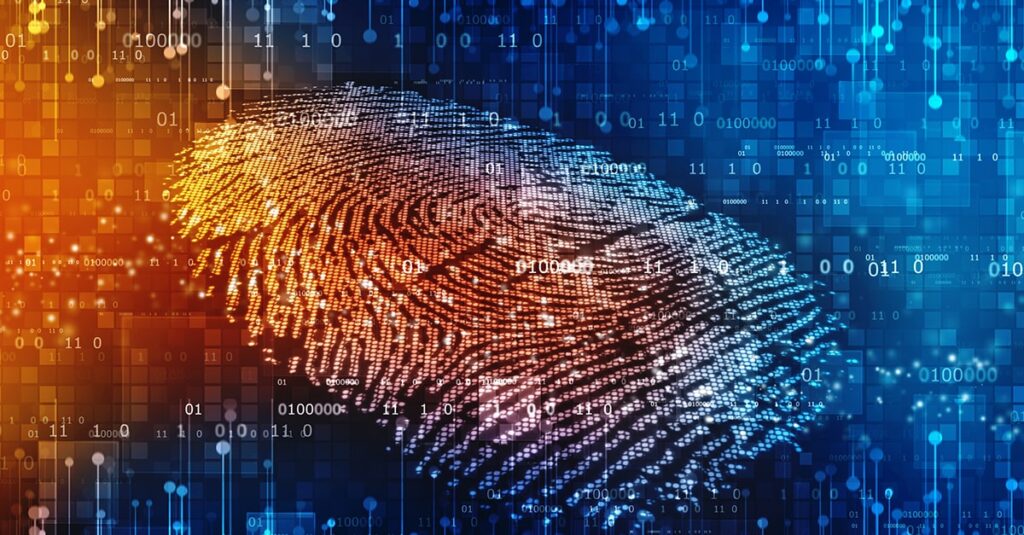Today’s lawful intelligence measures draw on a long legacy of intercepted communications. And while the days of simple wiretaps are long gone, the foundational idea of deploying “eyes and ears” to “overhear” illicit communications persists, even in sophisticated intelligence and law enforcement circles. In reality, the metaphor of extending human senses for lawful intercept is hopelessly obsolete in a world where we are surrounded by an unimaginable volume, variety, and velocity of data.
Everyday citizens use an array of electronic communication channels, from voice and instant messaging to social media and even private chat rooms. The contents of these communications are almost entirely encrypted, a trend that will become more complete as the rollout of 5G continues. Many online venues are also obscure or intentionally hidden, and building trust to infiltrate them as a participant may require long-term, resource-intensive effort. Such undercover work remains valuable, but it lacks agility because of long time horizons, and it scales poorly because of its manual nature.
In addition, human-to-human communication represents an increasingly limited portion of the digital information relevant to a subject of interest or overall investigation. Call detail records (CDRs) and other metadata signatures must be interwoven with myriad data sources—largely available as open-source intelligence (OSINT)—to provide a composite picture.
The context for these shifts includes changes in the intelligence landscape that Stanford Fellow Amy Zegart refers to as the “five mores:” more threats, more data, more speed, more decision-makers, and more competition (in the collection and analysis of data). Zegart posits that these trends require a willingness to more effectively intertwine deep learning and related technologies with a human effort to harness proliferating data.
Computer analysis of massive data stores will continue to offer new insights to investigators. At the same time, as machine analytics and deep learning algorithms become more capable, humans will become more central to investigations rather than less so, continuing the shift from manual interpretation tasks to a more executive role.
Lawful Intelligence in an Evolving Data Landscape
Originally, small amounts of relatively high-value data were the focus of lawful intercept and intelligence operations, limited by requirements for legal warrants to balance justice with privacy. Voice recordings made by wiretap, for example, often stood on their own as evidence, with little or no support by other data. Today, in the absence of plaintext communications content, law enforcement agencies (LEAs) must perform fusion and cross-referencing on torrents of data from a multitude of sources. The challenge of obtaining data has largely been replaced by one of discerning sense from it.
Meanwhile, machine and deep learning models are well suited to sifting through data to detect patterns and perform predictive analysis from raw intelligence. These models are scalable to massive size, and with the amount of data on earth doubling every two years or so, OSINT is effectively an infinite resource with an extremely low ratio of signal to noise. As the technology continues to progress, software will be able to take on more and more of the mundane, repetitive work needed to turn up low-level information from large data sets. Human investigators will therefore be able to focus more on higher-level analytic thinking.
By directing algorithms to discern patterns that reveal insights, Analysts can advance investigations more effectively. For example, a recognized given pattern of financial movements may indicate that a criminal organization is preparing for an international drug transaction. Various data sources such as CDRs and location data may place relevant individuals of interest at a likely port of entry. Such insights can build out scenario predictions for how the crime may unfold, helping law enforcement disrupt the offense and prosecute the offenders.
Applying Data Analytics to Real-World Lawful Intelligence
Even as the content of communications has become largely hidden from investigators, the analysis of metadata and machine-to-machine communications has become more valuable. This approach depends on stitching together a tapestry of data points to create a composite view that provides intelligence and insight. Collecting this information is an extension of traditional lawful intelligence, but its scale and complexity make computer-driven analysis increasingly important to aid human interpretation.
Even as data analytics has become more sophisticated and capable, the development of tools built specifically for the needs of non-data scientists has lagged. SS8’s MetaHub was developed specifically to enable LEA and intelligence analysts to manage, perform advanced queries against, and draw powerful intelligence insights from massive sets of data. As the application of its sophisticated data-manipulation technologies, the platform is purpose-built to draw on SS8’s decades of domain expertise in serving the needs of LEA analysts for lawful intelligence. It provides automated exploration and analysis, flexible reporting and visualizations, and functionality for analysts to drill down into data sets to reveal deeper patterns, relationships, and predictive models.
Operators are able to use a powerful but intuitive GUI to ingest structured and unstructured data into MetaHub from any of a wide spectrum of external sources, transparently handling low-level data tasks so investigators can focus on queries and analysis. For example, the platform automatically performs digital forensics to extract metadata related to factors such as message senders and receivers, location, date and time, URLs and IP addresses, etc. Automated processes detect patterns and trends within the datasphere for analysts, reducing resource burdens and accelerating the time to insight. Powerful but intuitive querying can target anything from a single keyword to a specific sequence of events within a given time period. These powerful functions put massive data sets at the service of LEA analysts, rather than vice-versa.
Conclusion
Technology trends will continue to increase the extent and complexity of data available to LEAs. The tools to draw value from those data sets must keep pace, and more importantly, it must make sophisticated data analytics capabilities available to mainstream analysts, and not just data experts. This is exactly why SS8 continues to empower investigators and analysts with next-generation data science, built on its established, accessible foundation of solutions purpose-built to generate lawful intelligence insights.
To learn more about providing your agency with actionable intelligence, visit the SS8 website.
About Dr. Cemal Dikmen
 As SS8’s CTO, Cemal plays an integral role in the company’s strategic direction, development, and future growth. A renowned expert and thought leader in the legal compliance and communications analysis domain, he has been a frequent speaker at various industry conferences over the past 10 years. Cemal holds BS, MS, and PhD degrees in Electrical Engineering. You can learn more about Cemal on his LinkedIn profile by clicking here.
As SS8’s CTO, Cemal plays an integral role in the company’s strategic direction, development, and future growth. A renowned expert and thought leader in the legal compliance and communications analysis domain, he has been a frequent speaker at various industry conferences over the past 10 years. Cemal holds BS, MS, and PhD degrees in Electrical Engineering. You can learn more about Cemal on his LinkedIn profile by clicking here.
About SS8 Networks
SS8 provides Lawful Intelligence platforms. They work closely with leading intelligence agencies, communication providers, law enforcement agencies and standards bodies. Xcipio® is already proven to meet the very high demands of 5G and provides the ability to transcode (convert) between lawful intercept handover versions and standard families. Intellego® XT is a monitoring center that includes MetaHub, a best-in-class data analytics tool for intercepted, 3rd party and location data. Both product portfolios are used worldwide for the capture, analysis, and delivery of data for the purposes of criminal investigations.

